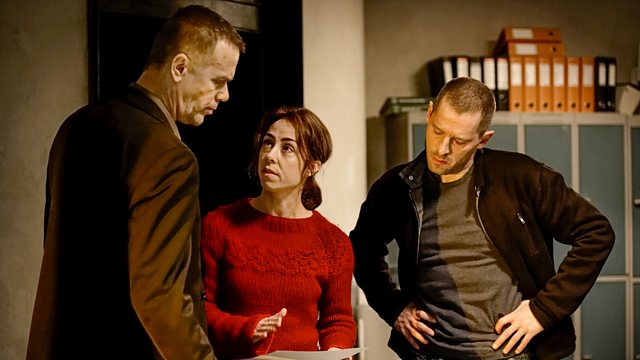

He describes how the two attractive girls, who were to be sold, were sexually abused by their owners, whilst others watched. This is mentioned in the description from 922 by the Arabic diplomat, Ibn Fadlan, about his encounter with a group of Vikings on the Volga. The slaves’ bodies were also available for sexual exploitation. An owner could punish his slaves as much as he wanted. If slaves did not behave properly then they were beaten.

Slaves were seen as “cattle”, or as advanced domestic animals, who typically lived in the darkest end of the longhouse with the other domestic animals. The masculine gender, on the other hand, is used for free people. This is reflected, for example, in Norwegian legal language, in which slaves and slave women are referred to using the neuter gender. Slaves were people without any personal rights. It is from this area that the term “slave” originates. Therefore, the Slavic peoples of Eastern Europe were for a long period an obvious target for European and Nordic slave traders. One account describes how a monk was so shocked at seeing Christian slaves for sale in Hedeby in 870, that he sold all his possessions and personally bought the slaves their freedom. The Church was against Christians being forced into slavery by “the heathen” Vikings. Slaves were also traded in Western Europe, but here it was not common practice to sell fellow countrymen. The Vikings were not the only ones who traded in slaves. Significant numbers of slaves probably also provided a proportion of the manpower for the great building projects of the Viking Age. The buyers might be Viking farmers, who could use slaves in the household, as well as for the hardest and most unpleasant work in the fields. Here slaves were traded and exchanged for other products.

Written sources tell us that the Vikings sold slaves at trading centres, such as Hedeby, and Bolghar on the Volga.


 0 kommentar(er)
0 kommentar(er)
